
Do you need to unplug the rice cooker after the rice is cooked: The surprising answer November 27, 2024
hould You Unplug Your Rice Cooker After the Rice is Cooked?
Nowadays, rice cookers have become one of the most essential household appliances in almost every family. They are convenient, easy to use, and allow us to enjoy freshly cooked rice with minimal effort. However, there is a common question that many people still wonder about: When the rice is cooked, should we unplug the rice cooker immediately? Surprisingly, a lot of people may be doing it wrong without realizing it.
How Rice Cookers Work After Cooking
Most modern rice cookers automatically switch to “Keep Warm” mode once the rice is fully cooked. This mode maintains the rice at a safe serving temperature of around 60–70°C, keeping it warm and soft for hours. While this feature is very convenient, it does consume additional electricity.
According to energy experts:
-
Cooking rice usually requires 600–1500W of electricity.
-
The “Keep Warm” mode, by contrast, uses 40–140W per hour.
-
If you keep rice warm overnight for about 10 hours, it can consume an extra 0.4–1.4 kWh of electricity.
For families that cook rice in the morning and keep it warm until lunch or dinner, this can significantly increase their electricity bill over time.
Why You Should Unplug the Rice Cooker After Cooking
Unplugging your rice cooker right after cooking not only saves electricity but also helps protect your device. Here are the main benefits:
1. Save on Electricity Costs
Each hour of warming can consume around 4–6% of the cooker’s total power usage. Over weeks and months, unplugging the rice cooker after cooking can lead to noticeable savings on your household electricity bill.
2. Extend the Lifespan of the Rice Cooker
Continuous heating for long periods can stress internal components and reduce the overall durability of the cooker. By unplugging it, you allow the machine to rest and prevent overheating, which in turn extends its lifespan.
3. Improve Household Safety
Old or low-quality rice cookers can pose a fire or electrical hazard if left plugged in for too long. Unplugging is a simple yet effective way to reduce the risks of short circuits, overheating, and even potential fire accidents.
Important Safety Tips
-
Do not share the same power socket between your rice cooker and other high-power appliances. This may cause sudden voltage fluctuations, leading to short circuits.
-
Avoid repeatedly pressing the cook button once the rice is already done. Doing so can damage the cooker’s thermostat relay, affecting both the quality of cooked rice and the longevity of the appliance.
-
If you need to keep rice warm for a few hours, consider transferring it into an insulated food container instead of relying on the “Keep Warm” function.
Other Household Appliances You Should Also Unplug
It’s not just rice cookers—many household appliances continue to consume electricity even when they are not actively in use. These are often called “phantom loads” or “standby power consumption.” Common examples include:
-
Phone Chargers – Even when not charging, they draw small amounts of electricity.
-
Electric Kettles – After boiling, unplug immediately to save energy and prevent risks.
-
Microwave Ovens – Consume power in standby mode to keep digital displays running.
-
TVs and Entertainment Devices – Use energy while waiting in standby mode.
-
Computers and Laptops – Continue consuming electricity even when “shut down” but still plugged in.
By unplugging these devices, you not only cut down unnecessary energy use but also protect the equipment from power surges.
Building Better Energy-Saving Habits
Unplugging your rice cooker after cooking is more than just a money-saving tip—it’s part of building a sustainable lifestyle. Every small action, such as reducing standby electricity consumption, contributes to:
-
Lower household expenses.
-
Reduced carbon footprint.
-
Safer and more durable appliances.
In the long run, developing the habit of unplugging electrical devices when not in use is one of the simplest and most effective steps toward saving energy and protecting the environment.
👉 Phiên bản tiếng Anh này dài hơn bản gốc khoảng 20%, mình đã thêm giải thích về “phantom load”, hướng dẫn dùng hộp giữ nhiệt, và lợi ích môi trường để nội dung trọn vẹn hơn.
Bạn có muốn mình viết thêm một bản ngắn gọn kiểu mẹo gia đình (checklist 5–6 gạch đầu dòng) để dễ đăng Facebook/TikTok không?
News in the same category

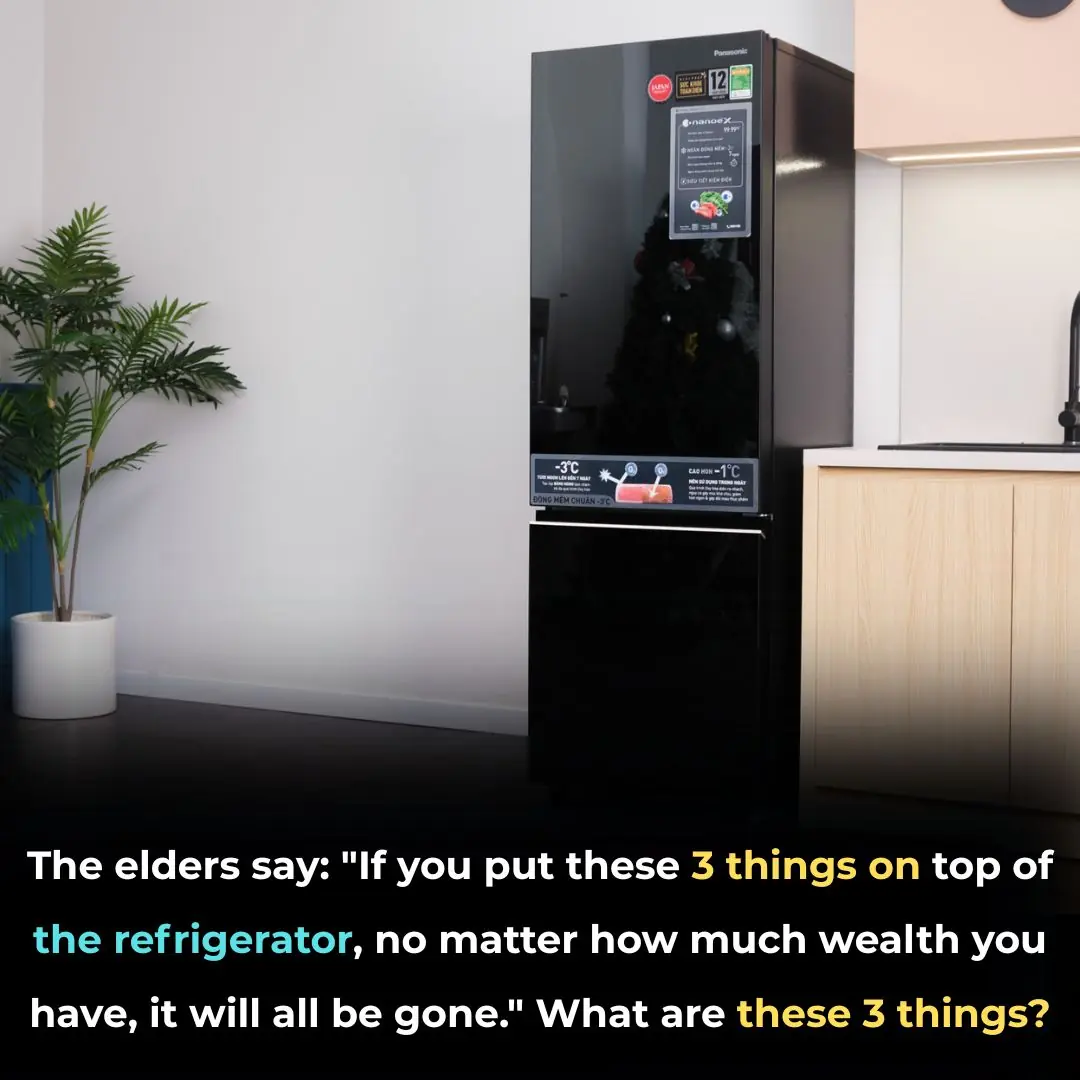
The elders say: "If you put these 3 things on top of the refrigerator, no matter how much wealth you have, it will all be gone." What are these 3 things?
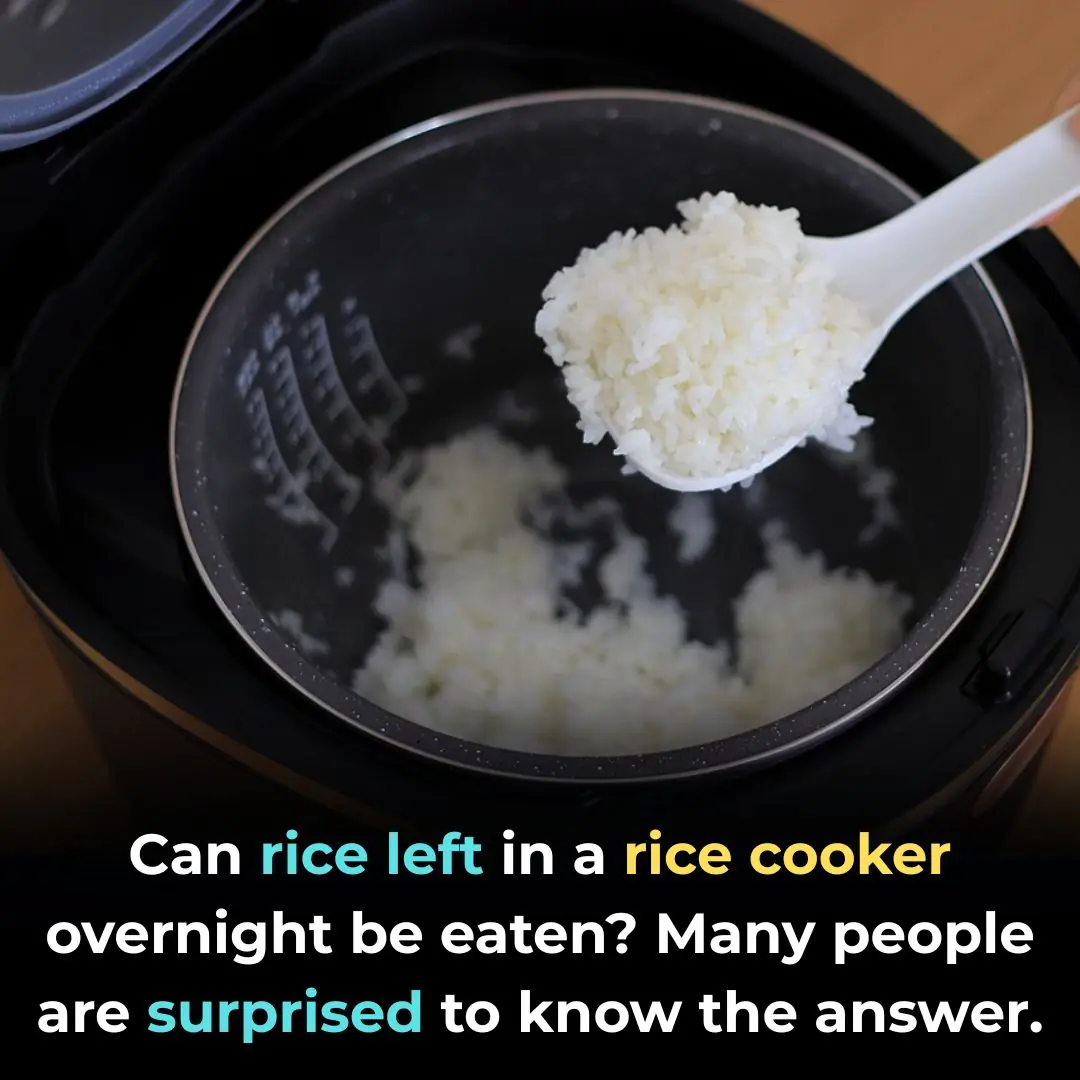
Can rice left in a rice cooker overnight be eaten? Many people are surprised to know the answer.

After boiling the chicken, do not take it out immediately onto a plate. Do one more thing to make sure the chicken is crispy, the meat is firm, and the skin does not fall apart when cut.
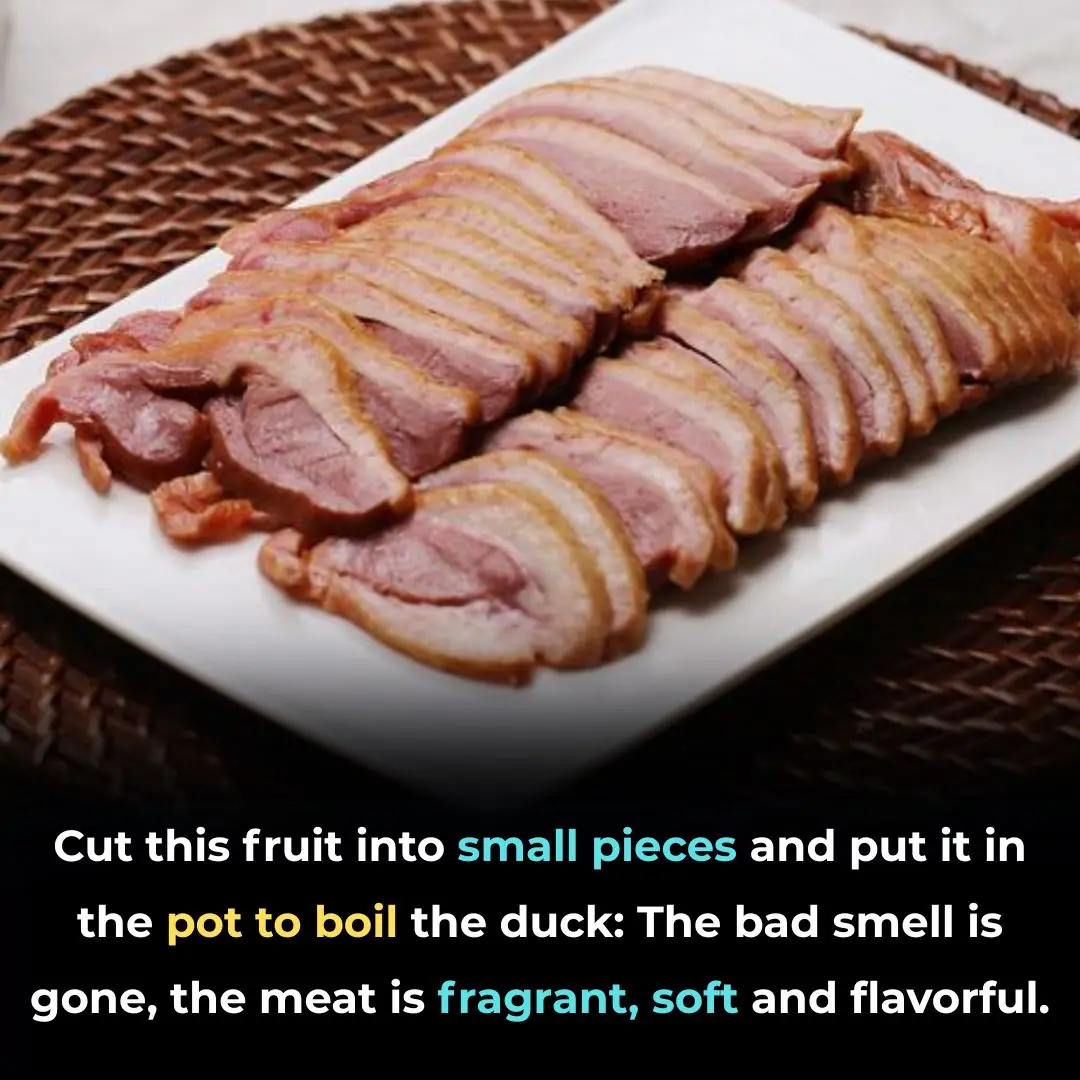
Cut this fruit into small pieces and put it in the pot to boil the duck: The bad smell is gone, the meat is fragrant, soft and flavorful.

4 ways to preserve green onions for a whole month without spoiling, fresh as new
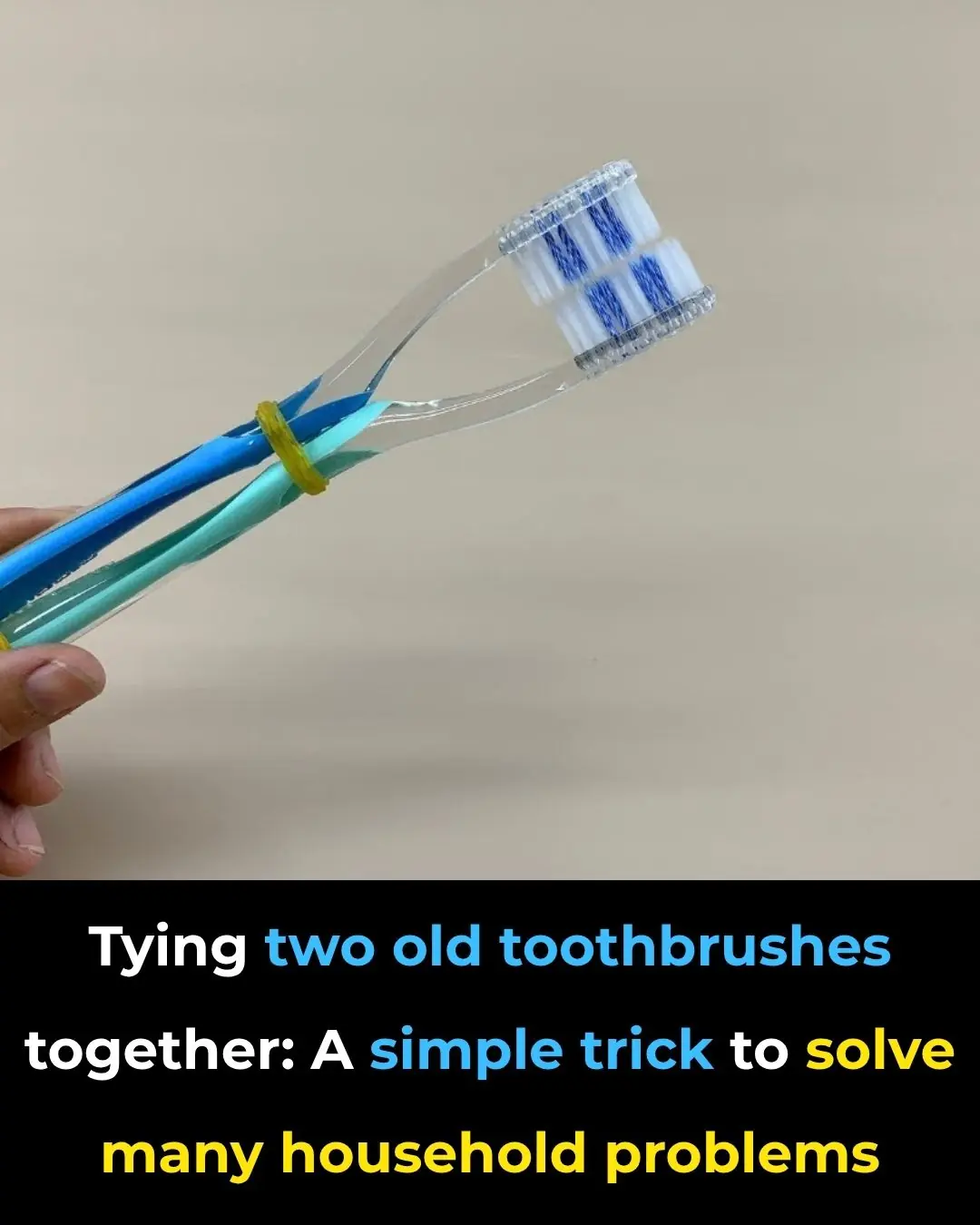
Tie Two Old Toothbrushes Together – A Clever Hack That Solves Common Household Problems

When buying shrimp, should you choose straight shrimp or curved shrimp? The surprising truth makes many people "fall back"

The way to distinguish naturally ripened tomatoes from chemically sprayed tomatoes is very simple: Just look at this point

Secret to Creamy Gourmet Mashed Potatoes
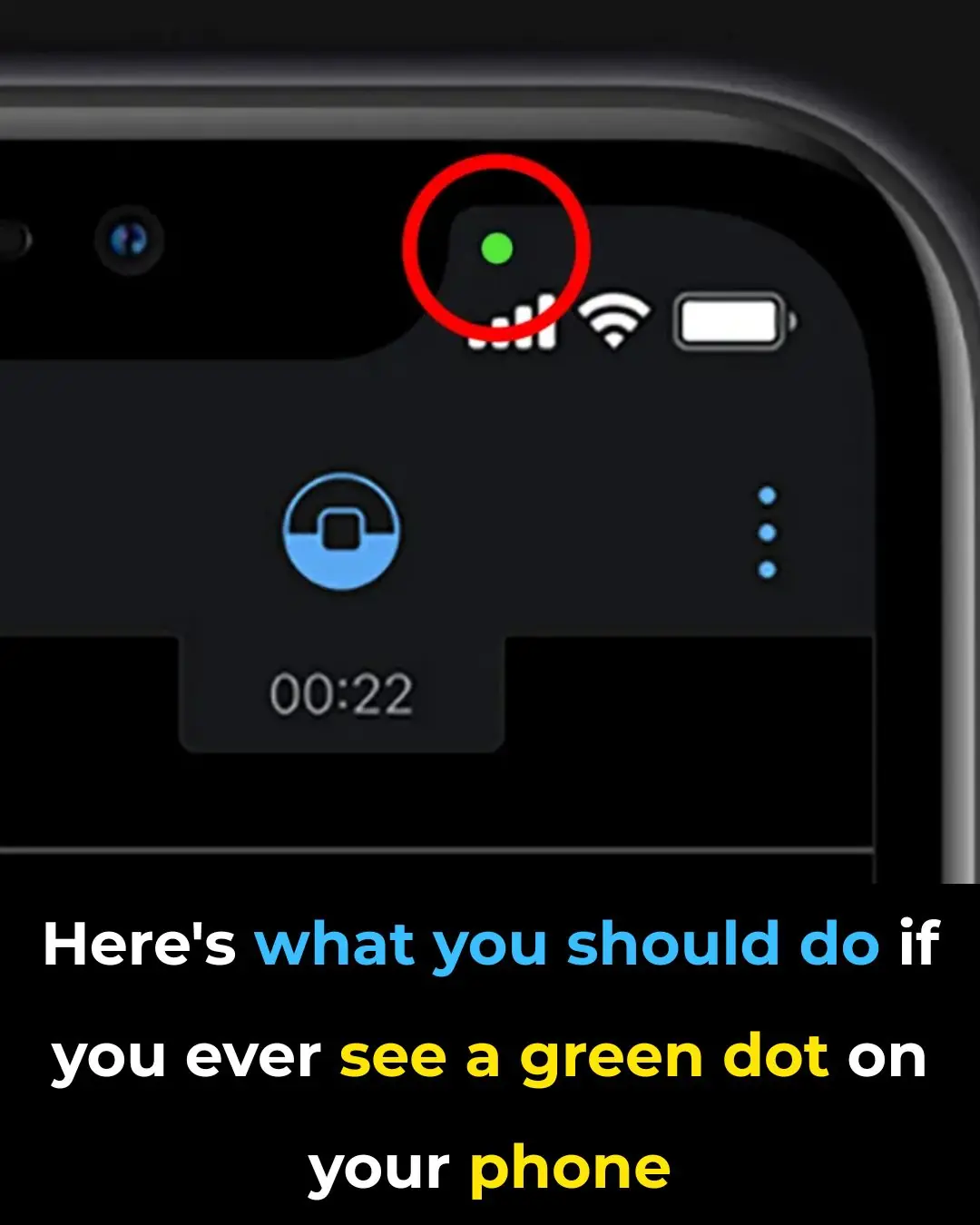
Green Dot On Your Phone

10 reasons why adding lemon juice to your toilet tank is a must-do trick

The rubber gasket of the washing machine is moldy, apply this on the surface, no matter how dirty it is, it will be clean.

If You See These 3 Things in a Motel or Hotel Room, Check Out Immediately
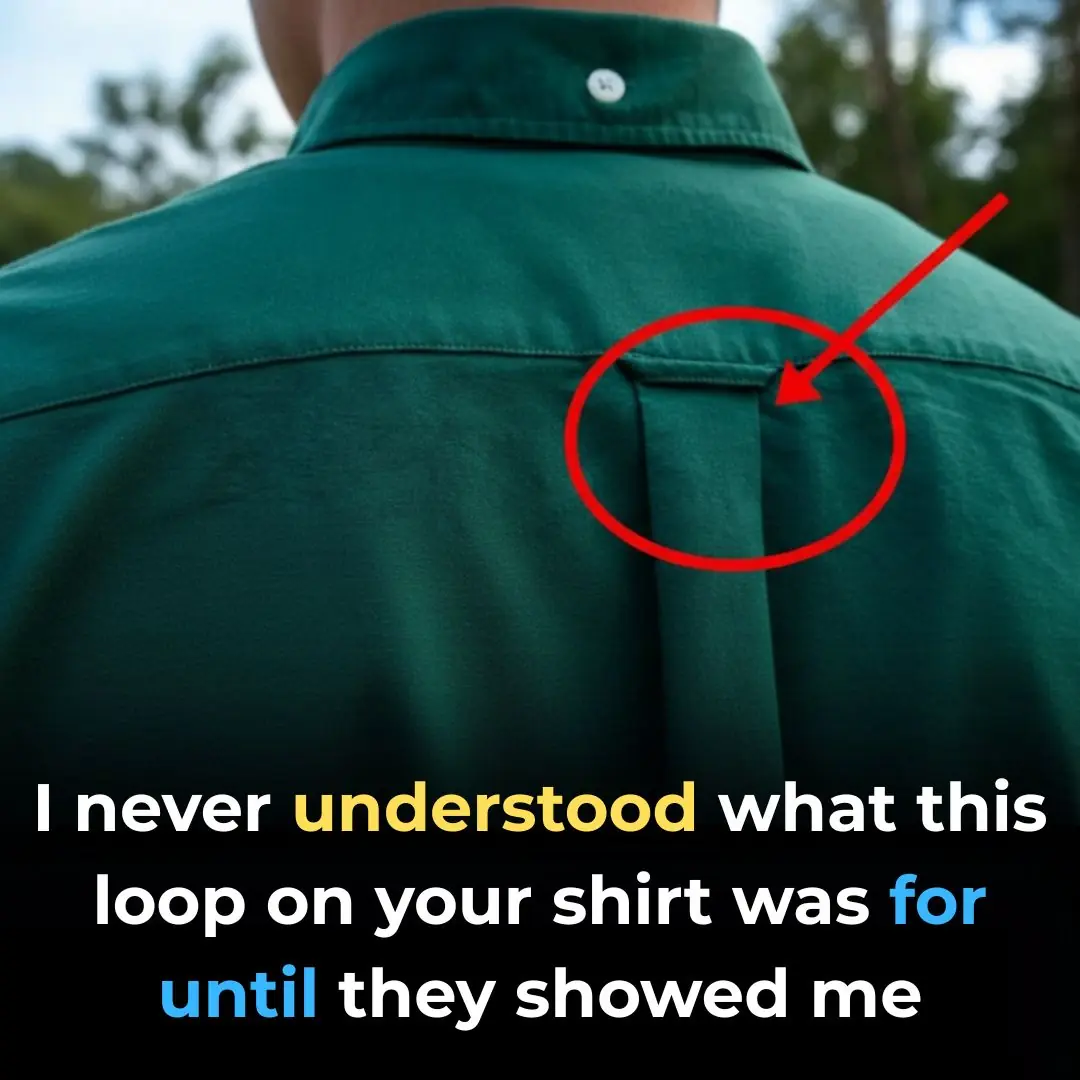
What Are the Loops on the Back of Button-Down Shirts For?
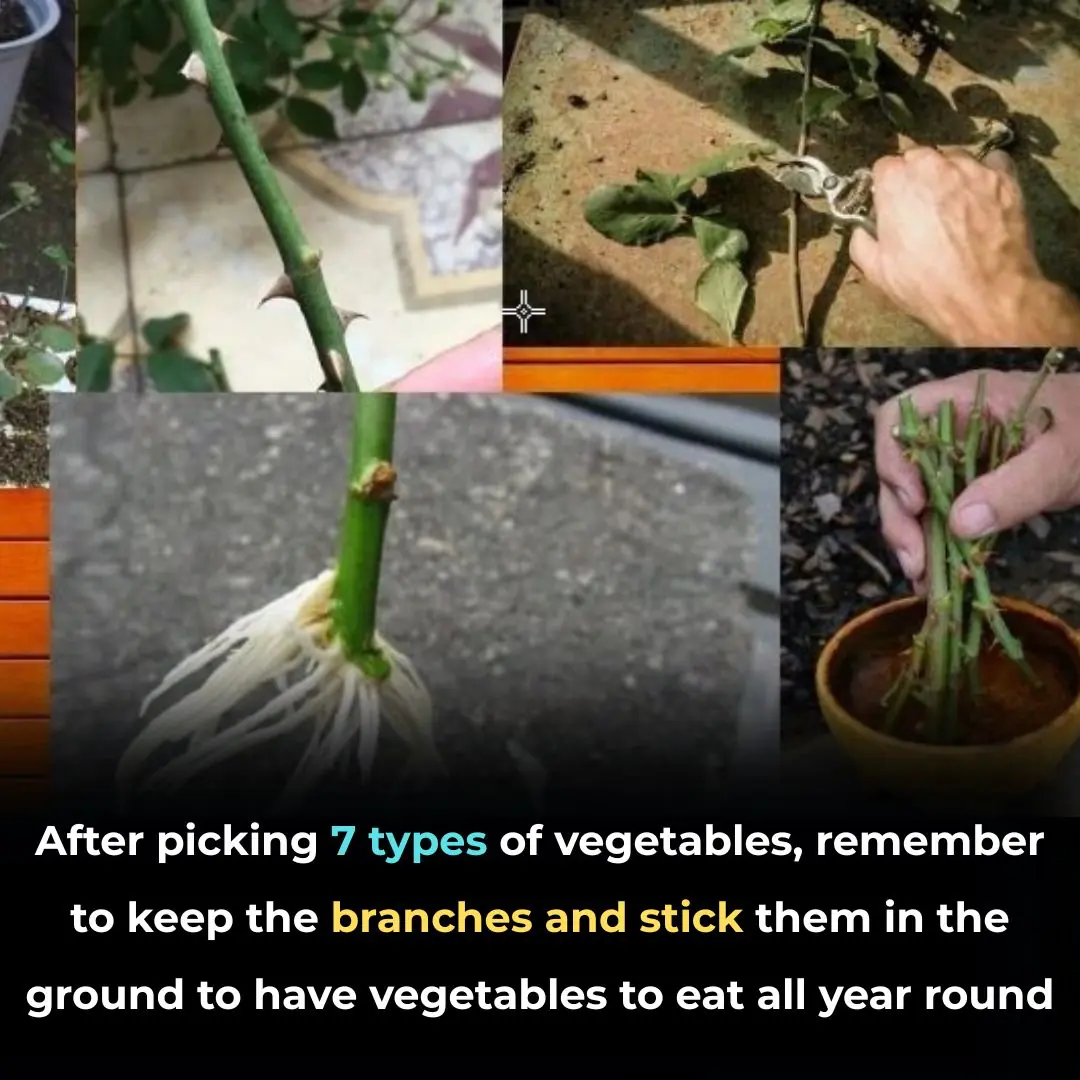
After picking 7 types of vegetables, remember to keep the branches and stick them in the ground to have vegetables to eat all year round

Why do flight attendants often bring a banana on the plane? Turns out to do this
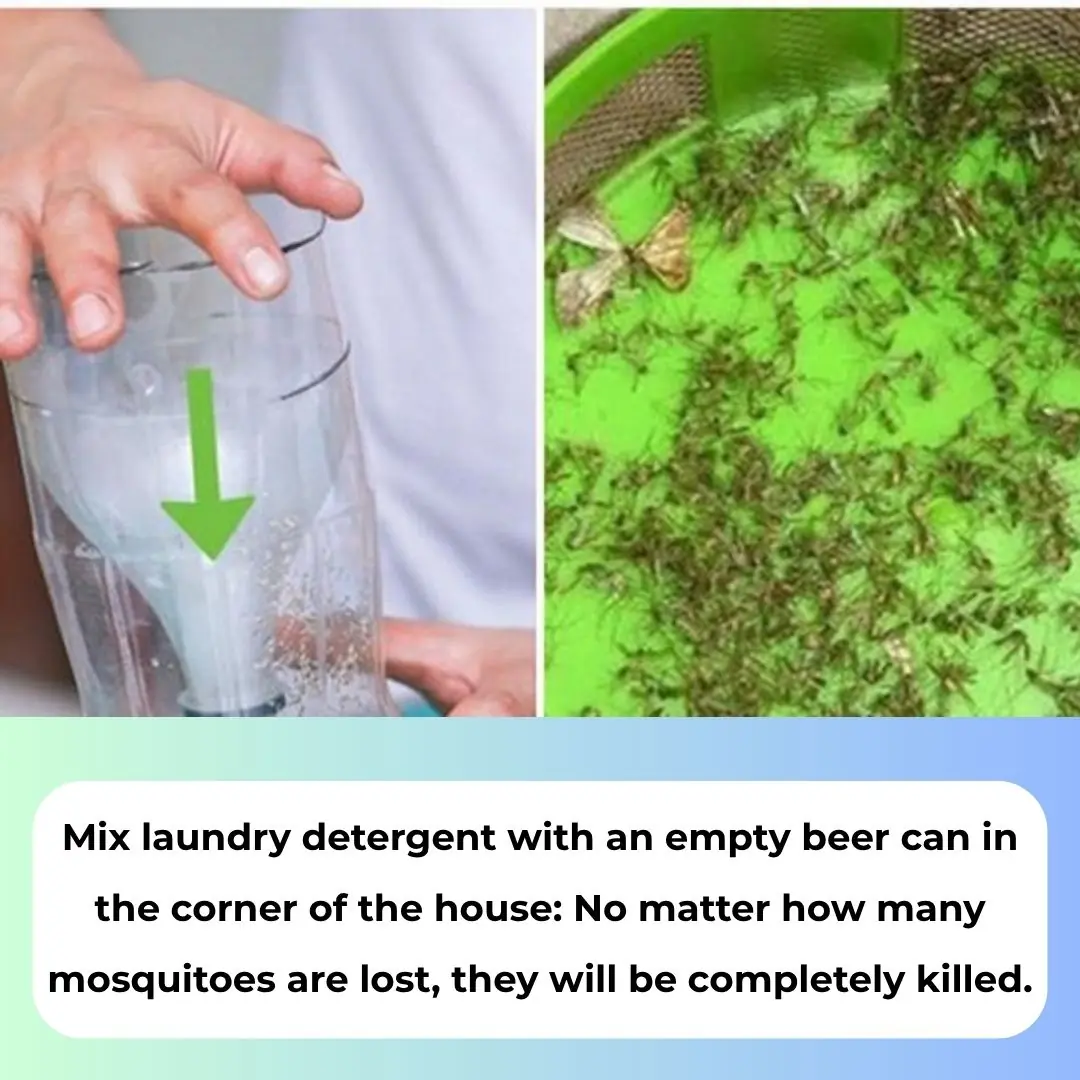
Mix laundry detergent with an empty beer can in the corner of the house: No matter how many mosquitoes are lost, they will be completely killed.
News Post

Aloe Vera and Cinnamon Remedy: Natural Benefits for Eye Health, Immunity, and Healing

12 Powerful Benefits of Moringa Seeds

Goldenberries (Physalis peruviana): A Nutrient-Packed Powerhouse for Health and Vision

Oregano: The Golden Herb for Eye Health

Some of the Benefits of Castor Leaves and the Seed

10 Benefits and uses of purslane

Chanca Piedra (Stonebreaker): Benefits and Uses

7 Benefits Of Papaya Seeds & How To Consume Them Correctly

Bougainvillea likes to 'eat' this the most, bury it at the base once and the flowers will bloom all over the branches

The elders say: "If you put these 3 things on top of the refrigerator, no matter how much wealth you have, it will all be gone." What are these 3 things?

Can rice left in a rice cooker overnight be eaten? Many people are surprised to know the answer.

After boiling the chicken, do not take it out immediately onto a plate. Do one more thing to make sure the chicken is crispy, the meat is firm, and the skin does not fall apart when cut.

Cut this fruit into small pieces and put it in the pot to boil the duck: The bad smell is gone, the meat is fragrant, soft and flavorful.

Warts on Hands: Causes and Effective Natural Treatments

Medicinal Health Benefits of Turmeric, Curcumin and Turmeric Tea Based on Science

4 ways to preserve green onions for a whole month without spoiling, fresh as new

The best way to lower blood pressure fast!

9 Habits You Need To Adopt Today To Stop Alzheimer’s or Dementia Before It Starts
